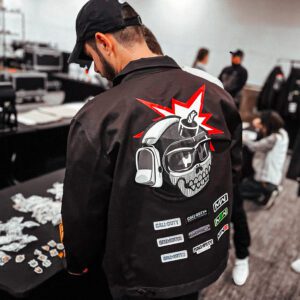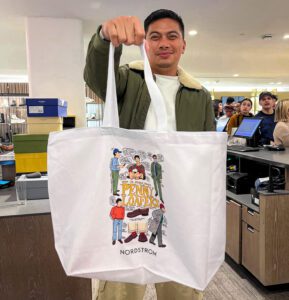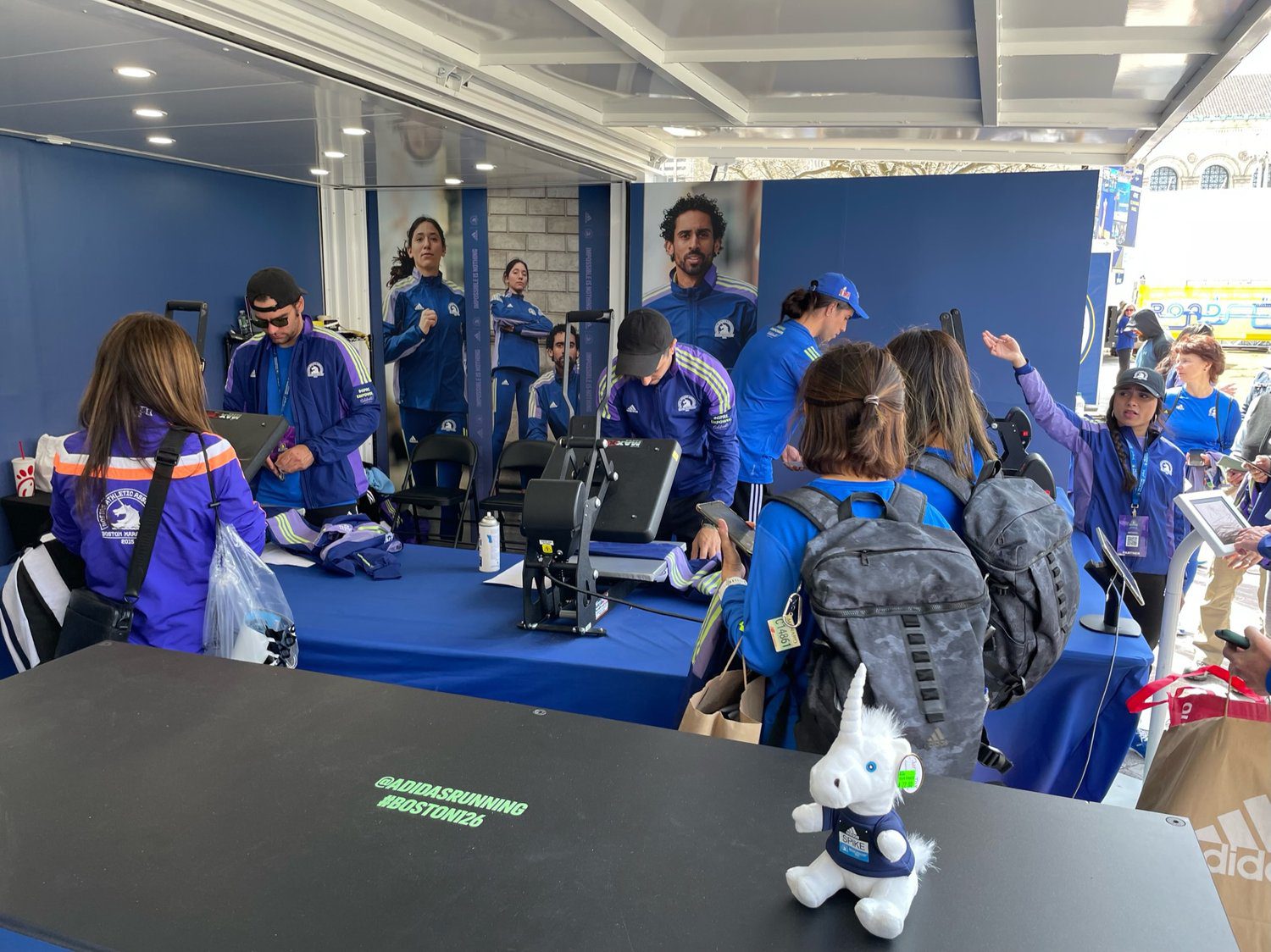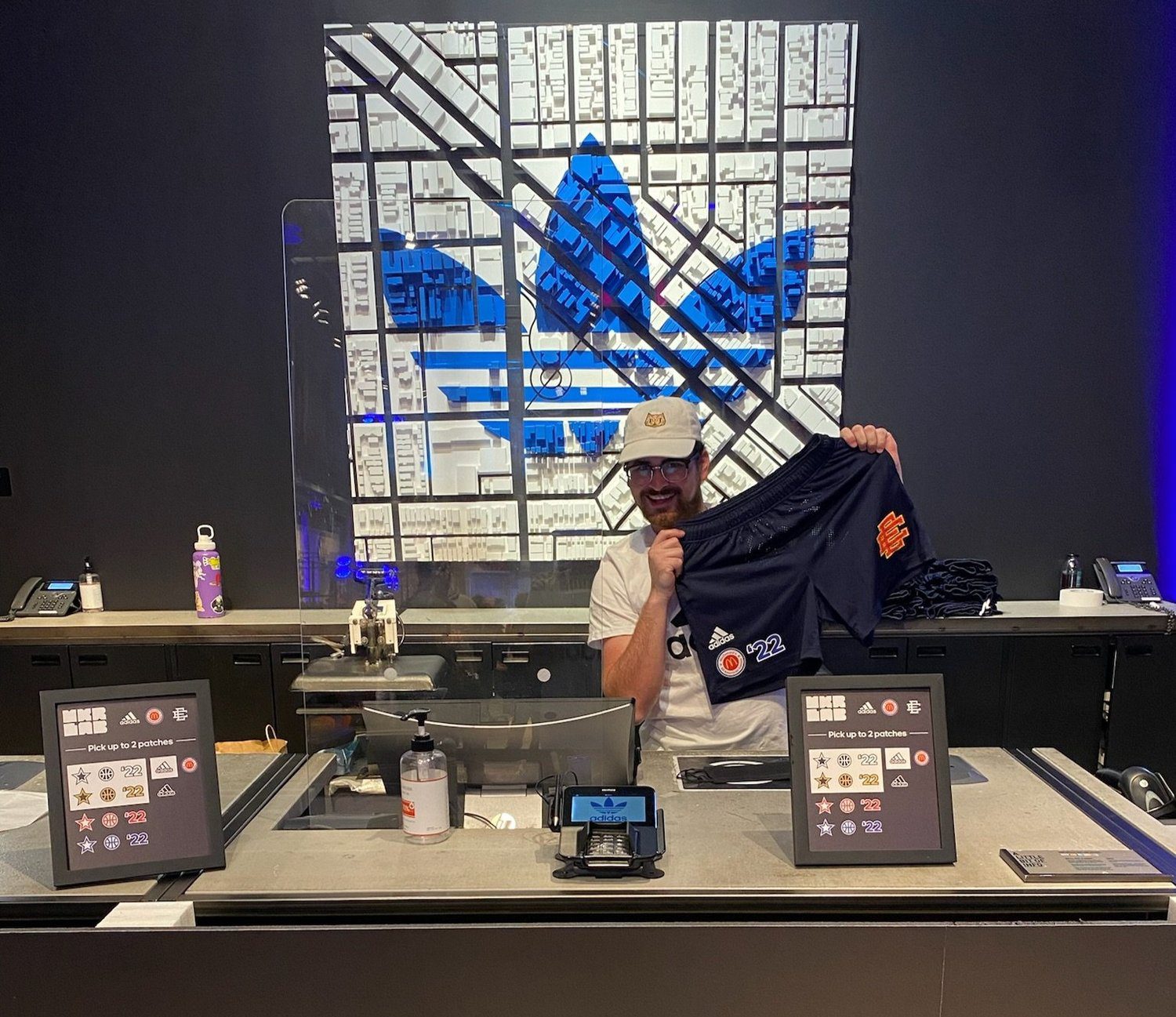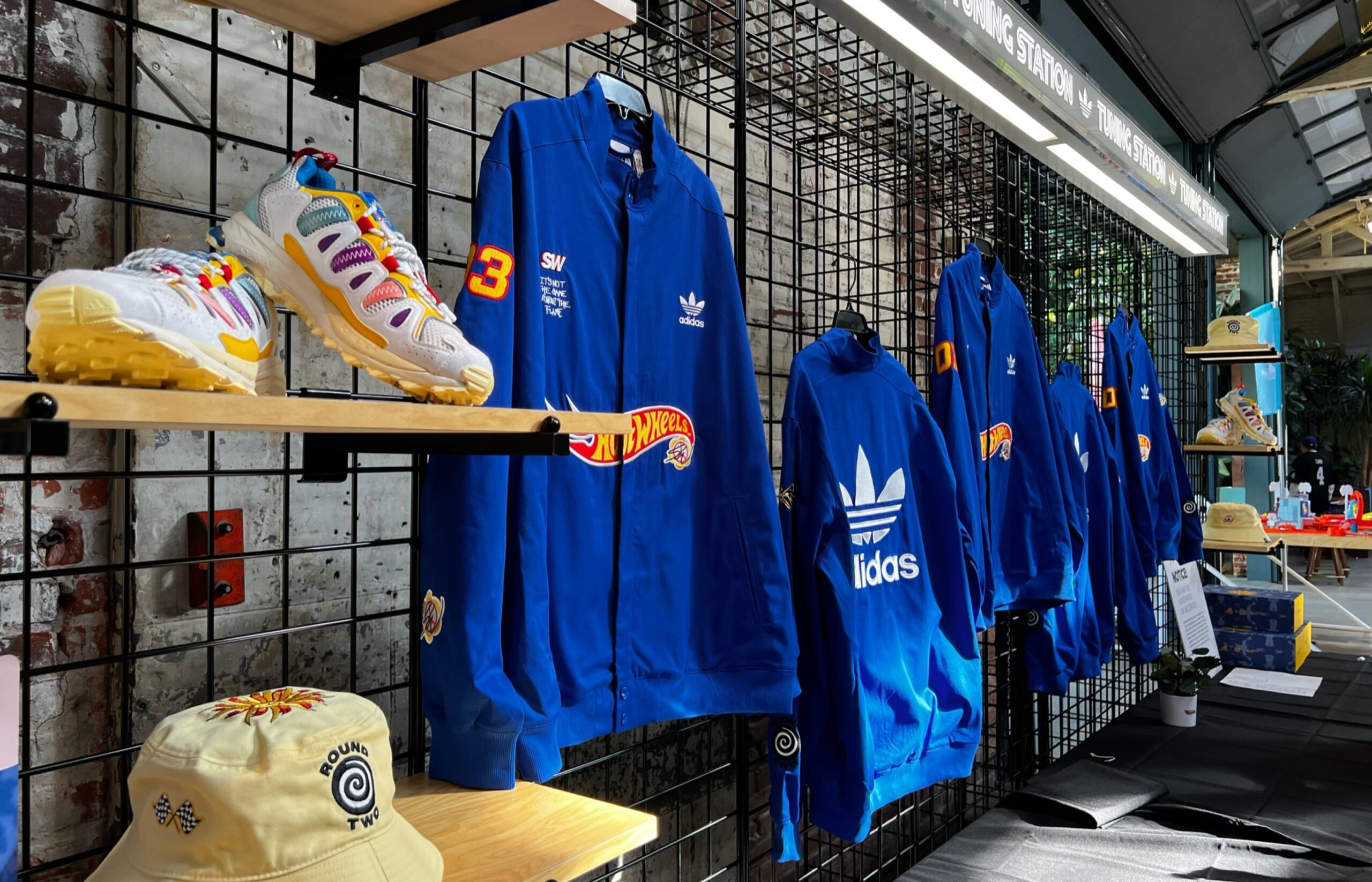Branding in event merchandising is not just about slapping a logo on a product; it’s an art that requires thoughtful consideration and strategic execution. In the fast-paced events industry, where every detail counts, the merchandise you offer becomes a tangible representation of your brand’s identity and values. Effective branding on event merchandise can elevate the attendee experience, enhance brand recall, and create lasting connections. In this blog, we’ll explore five essential branding tips that can transform your event merchandise from ordinary to unforgettable, ensuring every item resonates with your audience and amplifies your event’s success.

Consistent Branding Across All Merchandise
Achieving Brand Harmony Across Diverse Merchandise
Consistency plays a crucial role in event merchandising. It is essential to maintain uniformity and reliability to ensure success. A uniform brand image across various merchandise items, from t-shirts to tote bags, creates a seamless brand experience that resonates with the audience. Consistent branding goes beyond just using the same logo; it involves a harmonious blend of color schemes, designs, and messaging that aligns with the brand’s core values and message. This strategic approach not only strengthens brand identity but also enhances customer loyalty and recognition. When attendees see a coherent brand story told through every piece of merchandise, it reinforces the brand’s professionalism and attention to detail.
Successful brands understand the psychological impact of brand consistency. When every piece of merchandise echoes the same brand story, it creates a sense of trust and reliability in the minds of the customers. For instance, a consistent color palette across all items can evoke a particular emotion or brand personality, whether it’s the excitement of vibrant colors or the sophistication of muted tones. By maintaining uniformity in logos, typography, and design elements, brands can ensure that their merchandise is instantly recognizable, making it a powerful tool for long-term brand recall and customer engagement.
Color Psychology in Merchandise Design

Leveraging Color Psychology for Engaging Merchandise
The strategic use of color in merchandise design is not something to overlook. Different colors can trigger various emotional responses and associations, making color psychology a crucial element in creating merchandise that connects with the audience. For example, blue can evoke feelings of trust and reliability, while red can stimulate excitement and urgency. Selecting the right color palette is essential to convey the desired message and align with the event’s theme or brand’s ethos. Thoughtful consideration of color choices can transform a simple item into a memorable piece of merchandise that resonates with the target audience.
When incorporating color psychology into merchandise design, it’s important to consider the cultural and demographic factors of the target audience. Colors can have different meanings in various cultures, and what appeals to one demographic might not resonate with another. By understanding these nuances, brands can tailor their color choices to effectively connect with their audience. For instance, choosing earthy tones for an environmentally-focused event can reinforce the theme, while vibrant, playful colors might be more suitable for a youth-oriented festival. The key is to use colors that not only look good but also align with the emotional branding strategy of the event or brand.
Studies show that customers make their judgment on a product within 90 seconds of interaction with it, and about 62%-90% of that judgment is based on color.
Logo Placement Strategies
Mastering Logo Placement for Optimal Brand Visibility
Logo placement on event merchandise is a critical aspect of branding strategy. The placement should enhance the item’s design while ensuring that the logo is clearly visible and recognizable. This balance is crucial for achieving maximum brand recall. Strategic placement means considering the nature of the merchandise and how it will be used or worn. For example, a logo on the sleeve of a t-shirt might catch more eyes than one on the lower back. Similarly, on items like water bottles or notebooks, the logo should be positioned where it will be most visible when the item is in use.
However, it’s not just about visibility; aesthetics play an equally important role in logo placement. A logo should complement, not overpower, the merchandise design. It should feel like a natural part of the item, enhancing its overall appeal. Overly prominent logos can sometimes detract from the aesthetic value of the merchandise, while too subtle placements might fail to make the desired impact. Brands must strike a perfect balance – making the logo noticeable without compromising the design integrity of the merchandise. This thoughtful approach to logo placement can significantly enhance brand visibility and leave a lasting impression on the event attendees.
Target Audience Alignment
Customizing Merchandise Design to Appeal to Your Audience

Tailoring merchandise design to resonate with your specific audience is a cornerstone of effective branding. Understanding the demographics, interests, and preferences of your event attendees allows for the creation of merchandise that they can genuinely connect with. This alignment with the target audience ensures that the merchandise is not just a promotional item but a coveted keepsake that attendees value. For example, tech-related merchandise like personalized headphones or custom phone cases may be more appealing to a tech-savvy crowd, while eco-friendly merch like reusable water bottles or organic cotton t-shirts may resonate more with environmentally conscious attendees.
The key to successful audience alignment lies in research and understanding of the audience’s culture, preferences, and expectations. This could involve surveys, social media engagement analysis, or studying past event trends. Once the audience’s preferences are understood, the design elements – from color choices to material selection – can be tailored to meet their tastes and expectations. For instance, merchandise for a corporate event might focus on sleek, professional designs, while a music festival might call for more vibrant, playful aesthetics. By aligning the merchandise design with the audience’s preferences, brands can create more meaningful and memorable connections.
Trends vs. Timelessness in Design
Navigating Between Trendy and Timeless in Merchandise Design
The dilemma between following current design trends and opting for a timeless approach in merchandise design is a crucial one. Trendy designs can be a great way to stay relevant and appealing, especially to a younger audience. They can capture the spirit of the moment and make the merchandise feel contemporary and fresh. However, the risk with trendy designs is their short-lived appeal – what’s in vogue today might be outdated tomorrow. On the other hand, timeless designs offer longevity. They may not create the same immediate buzz as trendy designs, but they have a lasting appeal that keeps the merchandise relevant for years to come.
When deciding between trends and timelessness, consider the brand’s identity and the event’s nature. If the brand or event prides itself on being cutting-edge and contemporary, incorporating current trends into merchandise designs might be more fitting. However, if the brand or event values tradition and longevity, a more classic and timeless design approach may be appropriate. The key is to find a balance – incorporating elements of current trends into a fundamentally timeless design can offer the best of both worlds. This approach ensures that the merchandise remains appealing in the long term while still resonating with the contemporary audience.


